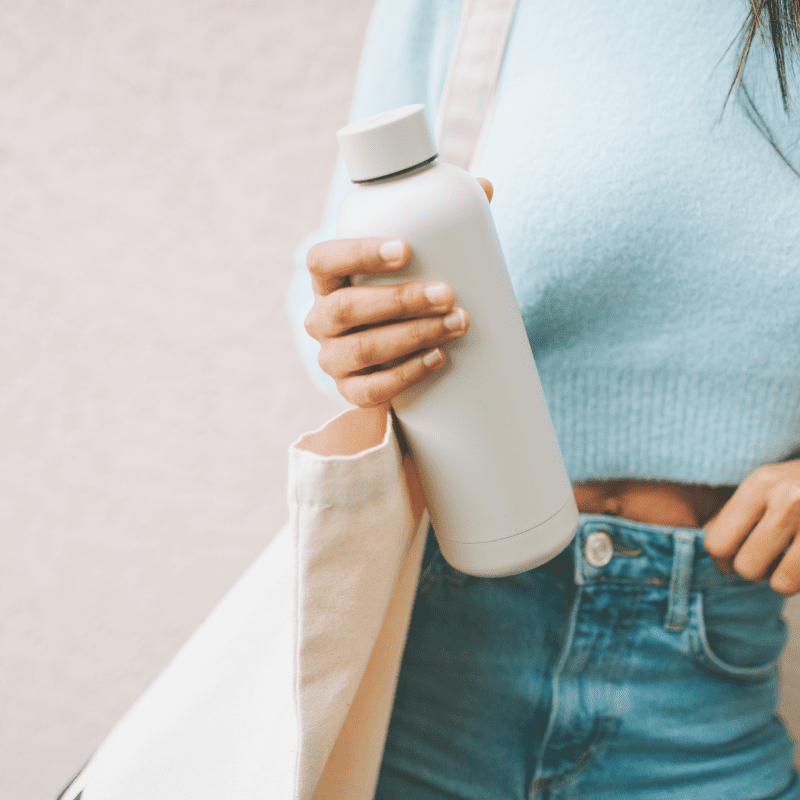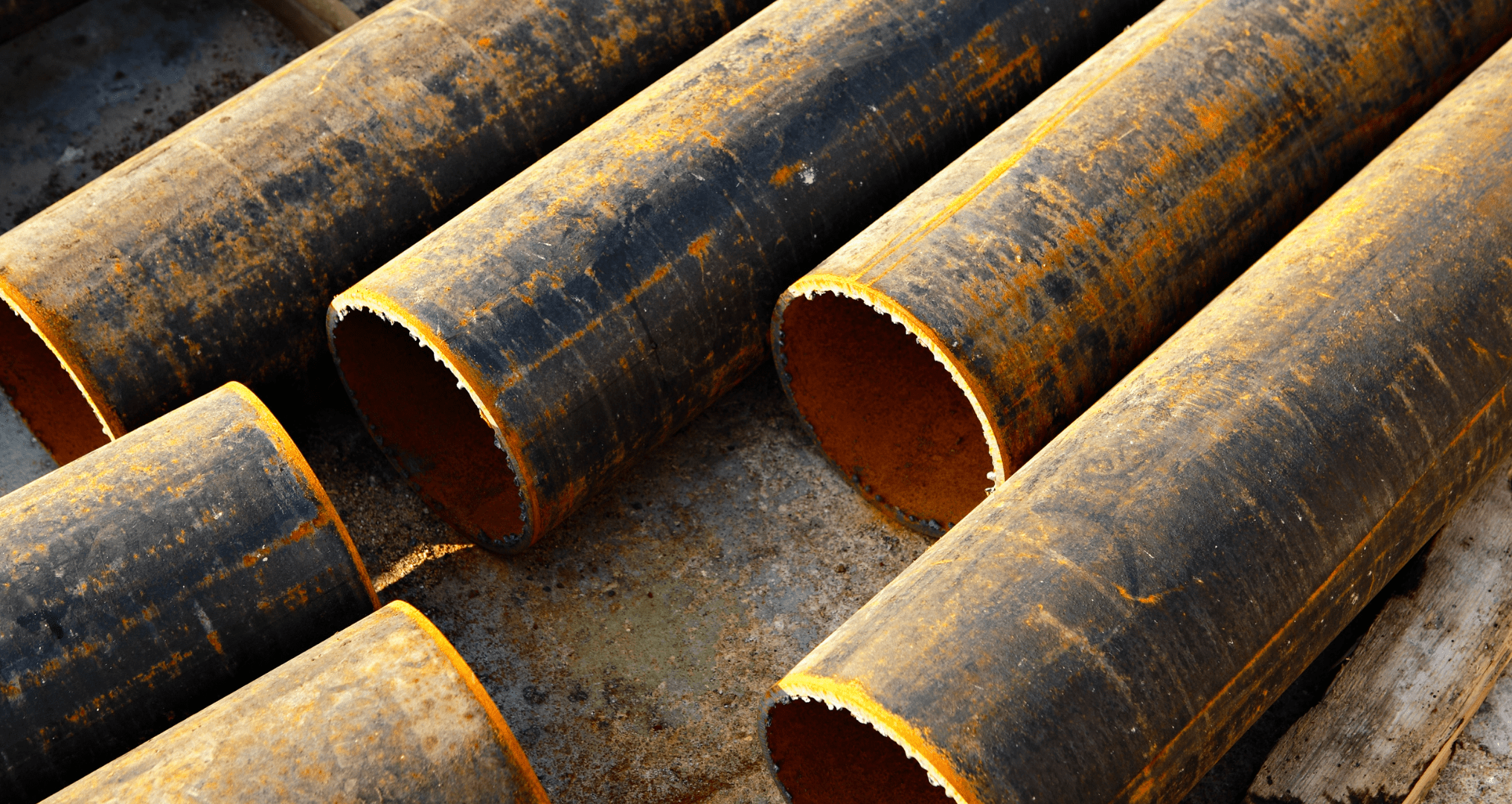The water we drink is a fundamental part of our lives, a basic necessity we often take for granted. In many parts of the world, including here in the United States, access to clean, safe drinking water can be a significant concern. Historically, one of the most pressing issues has been the use of lead pipes in plumbing systems. Lead is a highly toxic element that can cause severe health issues, including brain damage, kidney problems, and developmental disorders in children.
According to the EPA, an estimated 6 to 10 million lead service lines are still in use across the country. That’s a significant number that should concern us all. Thankfully, government and city planners are on the move to encourage the replacement of these lead pipes. However, this could lead to the use of more plastic bottles, which will only further another problem: Plastic pollution.
So, how do we deal with both and avoid replacing toxins with plastics? Bottleless Nation has some ideas, and we’re sharing them with you today!
The Dangers of Lead Piping
Lead pipes were commonly used in the past due to their durability and ease of installation. However, as science advanced, it became increasingly clear that lead could leach into the drinking water and pose a serious health risk. Many workplaces and municipalities have already moved to replace these dangerous pipes, but the problem remains far from solved.
Given the risks, companies must proactively replace their aging, lead-based plumbing. But as we swap out these hazardous pipes, we face another pressing question: What do we replace them with? For many, the go-to solution has been plastic pipes and bottled water, which seem convenient and inexpensive on the surface but introduce another set of ecological concerns.
The Plastic Problem
While plastic pipes and bottles don’t carry the same health risks as lead, they introduce a different kind of hazard: environmental pollution. Plastic is not biodegradable and contributes to the ever-growing waste in our landfills and oceans. Even the production process of plastic emits large amounts of carbon dioxide, contributing to climate change. Moreover, microplastics can end up in our water supply, causing long-term impacts on aquatic life and potentially humans – Something we’re already witnessing.
To further complicate things, researchers are now finding microplastics in human heart tissue, which means that the plastic we use today will impact the generations to come. Plastic may seem convenient at the time of use, but it won’t be convenient for our grandchildren and great-grandchildren.


Bottleless: The Sustainable Alternative
Enter Bottleless Nation, a champion for a greener, healthier future. The goal is not just to replace lead pipes but to provide a sustainable, plastic-free alternative for workplaces. By partnering with bottleless water cooler dealers, we aim to offer an alternative that provides clean, filtered water without contributing to plastic waste. Here’s how bottleless water coolers can be a part of your company’s green initiative:
1. Advanced Filtration
Bottleless water coolers come with state-of-the-art filtration systems that remove impurities, including lead, chlorine, and bacteria, delivering pure, clean water at the source. This ensures that the water your employees drink is safe, even if lead pipes in your area haven’t been replaced.
2. Lower Carbon Footprint
By eliminating the need for plastic bottles, your company can significantly reduce its carbon footprint. There is no need for delivery trucks to haul massive water jugs, cutting down on both transportation emissions and fuel consumption. It also helps cut into plastic production, which is only made possible by the oil industry.
3. Cost-Effective
While it can be tempting to hang onto your old 5-gallon jug cooler or plastic bottles, bottleless water coolers are a better long-term, cost-effective solution. Companies can save thousands of dollars each year that would otherwise be spent on bottled water deliveries.
4. Convenience
Bottleless water coolers are easy to maintain and require fewer service calls compared to traditional bottled water coolers. They connect directly to your existing water supply, ensuring that you have an uninterrupted flow of clean, cold water.
Ways to Encourage Employees to Ditch Plastic
Even if you, as a company, are committed to sustainable practices, the true impact is only seen when individual employees are also aligned with these values. Switching to bottleless water coolers is an excellent start, but how do you get your employees to ditch plastic bottles for good, especially if they’ve been a staple in the office for years?
Here are some strategies to encourage your team to embrace plastic-free hydration:
1. Awareness Campaigns
The first step is to make everyone aware of the environmental cost of using plastic bottles. You could host informational sessions, distribute literature, or even screen documentaries that focus on plastic pollution. Knowing the facts can significantly alter behavior.
2. Provide Reusable Alternatives
Offer reusable water bottles, mugs, or tumblers with the company logo as part of an employee welcome kit or as a giveaway during sustainability events. Make it easy for employees to make the transition from single-use plastic bottles to more sustainable options.

3. Lead by Example
Upper management and team leaders should be the first to adopt these new measures. When employees see their supervisors filling up their reusable bottles at the water cooler, it can motivate them to do the same.
4. Install Convenient Refill Stations
Ensure that your water coolers are easily accessible. The easier you make it for employees to fill their reusable bottles, the more likely they are to do it. Consider placing coolers in common areas, near meeting rooms, and in breakrooms.
5. Gamification and Incentives
Introduce a rewards program for employees who commit to using reusable bottles. You could implement a points system, where points can be redeemed for rewards like a free lunch, a day off, or even a small cash bonus. Gamifying the process can make it fun and engaging, which often leads to better adherence to new habits.
6. Celebrate Milestones
Regularly update your team on the collective impact they’ve made by switching to a more sustainable water source. Share statistics on how much plastic has been saved and celebrate these milestones. This not only reinforces the positive behavior but also fosters a sense of community and shared achievement.
7. Include it in Onboarding
Incorporate a segment about sustainability and the importance of using reusable bottles in your onboarding process for new hires. The earlier you instill these values, the more ingrained they will become.
8. Open Feedback Channels
Let your employees share their ideas on how to make the workplace more sustainable. When people feel heard and see their suggestions being implemented, they are more likely to take ownership of their roles in the sustainability journey.
Don’t Replace Toxins With Plastic
By making the responsible choice to replace lead pipes with sustainable, eco-friendly alternatives, your organization can take a significant step toward creating a safer and more sustainable future. We invite you to join Bottleless Nation in reducing dependency on plastic and making the world a better place, one drop at a time.
And make sure you keep up with us as we get ready to announce some exciting new changes and charitable initiatives!

